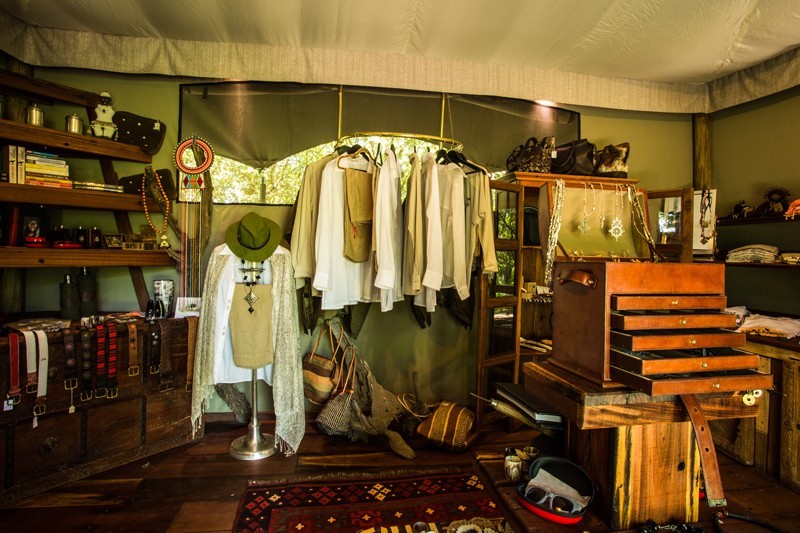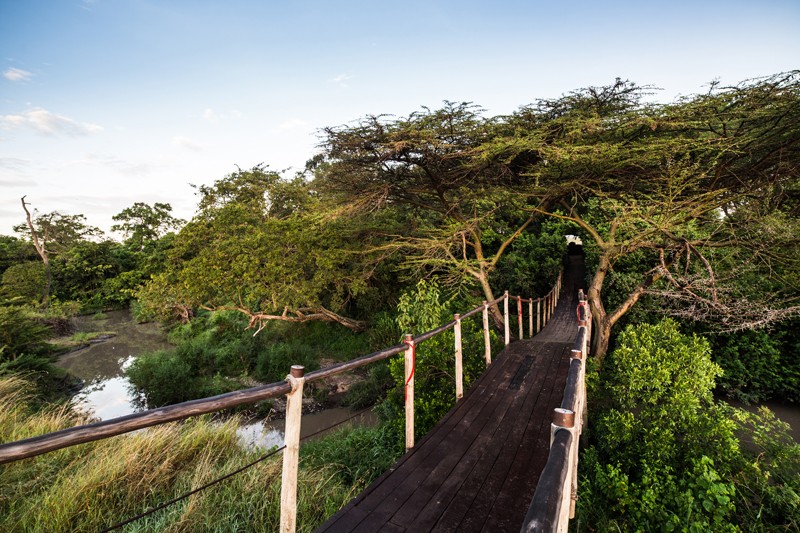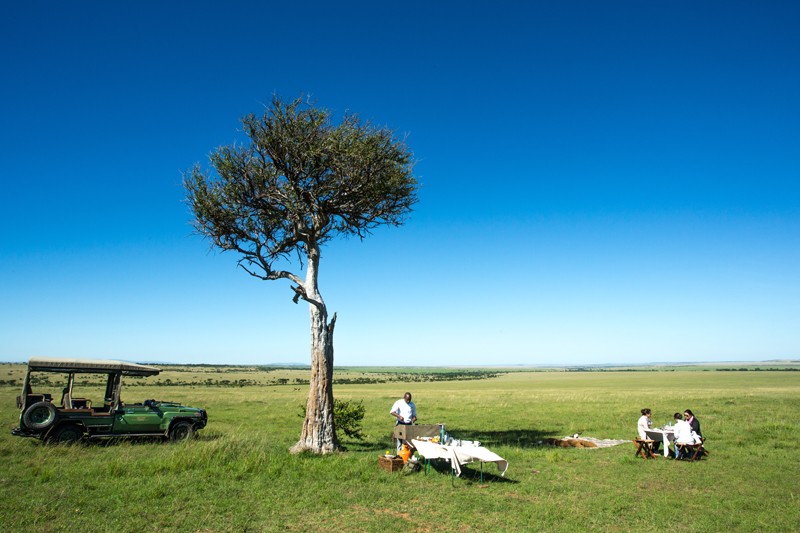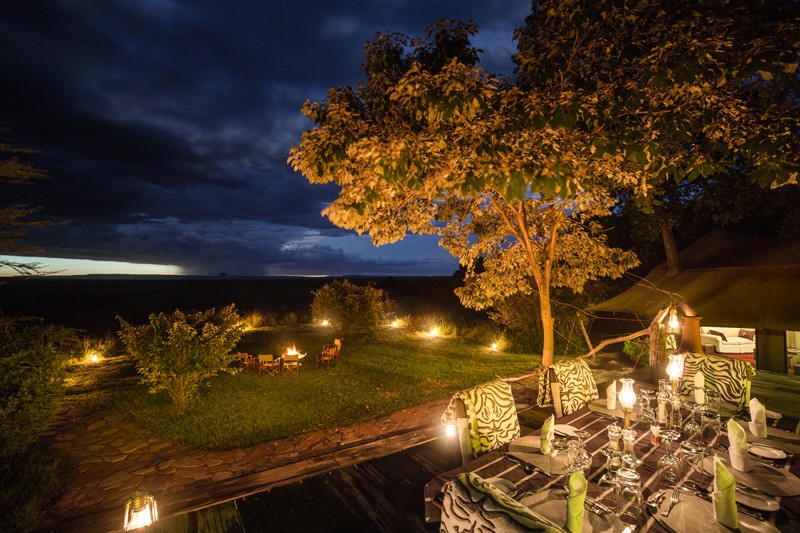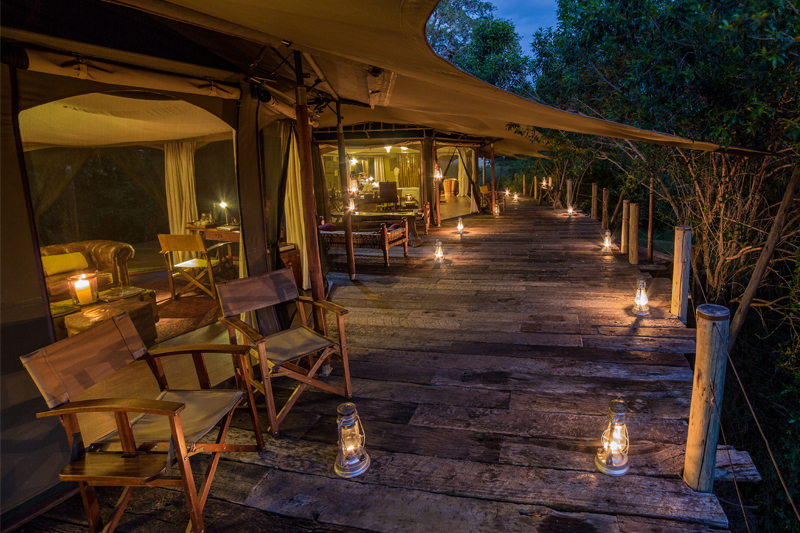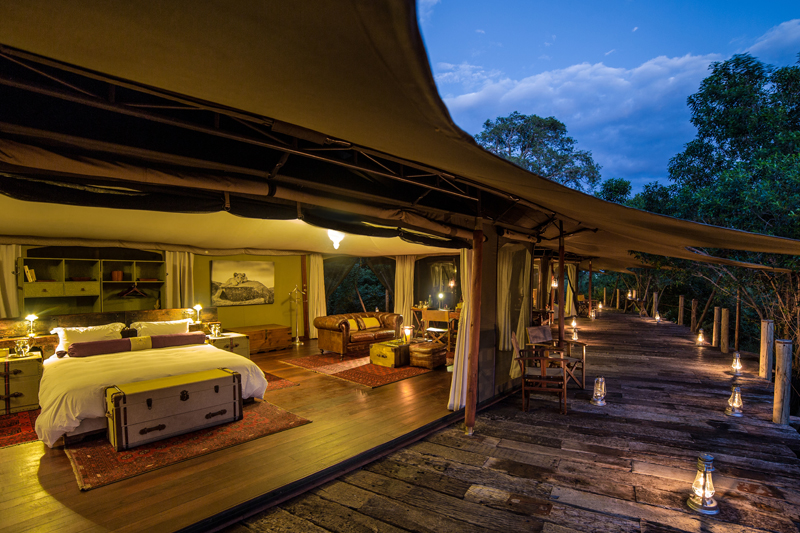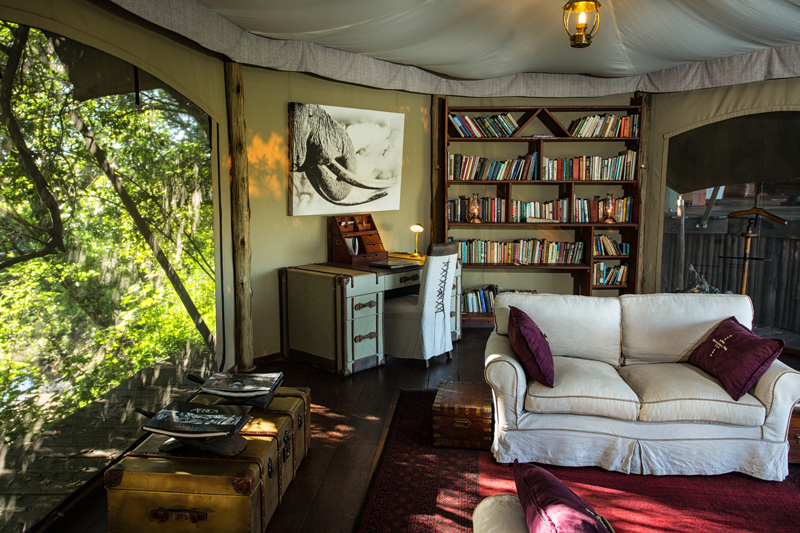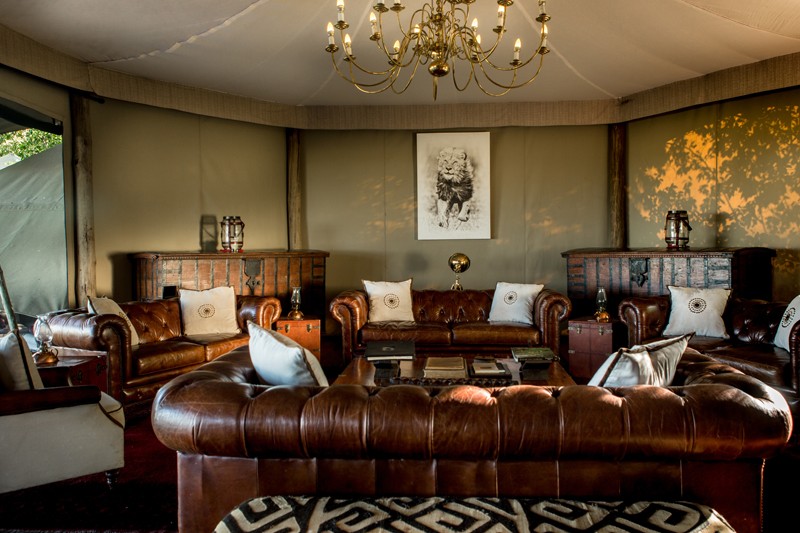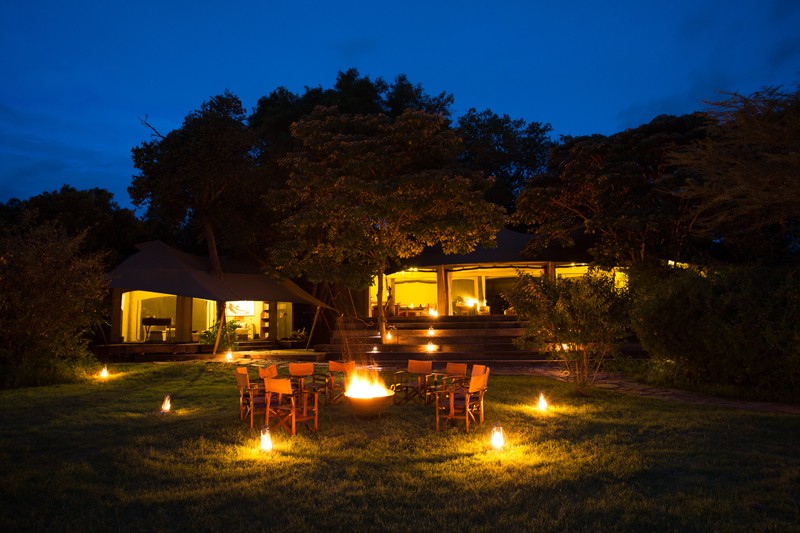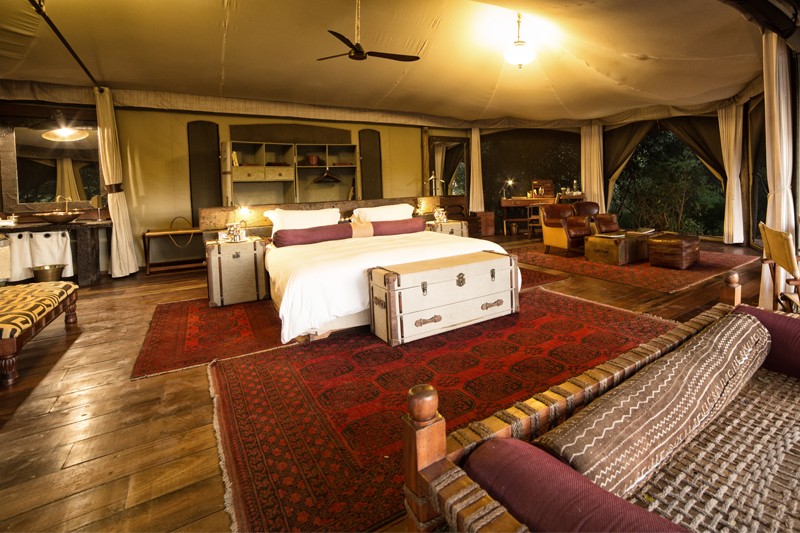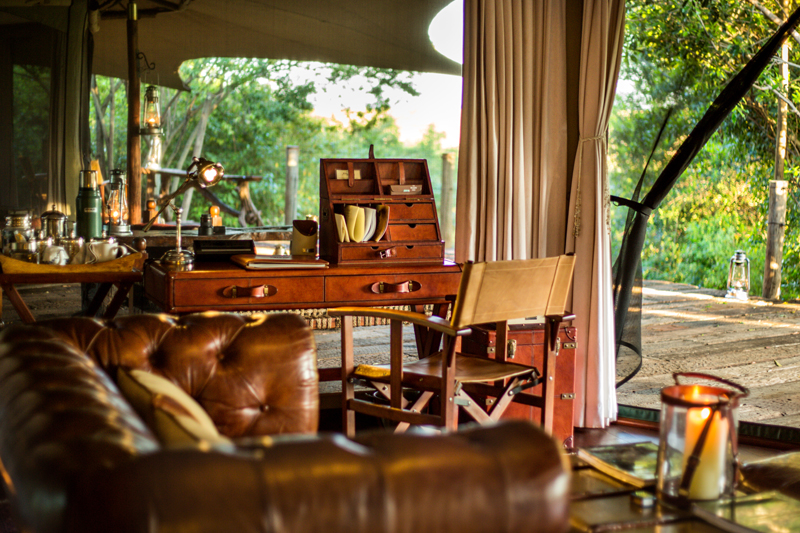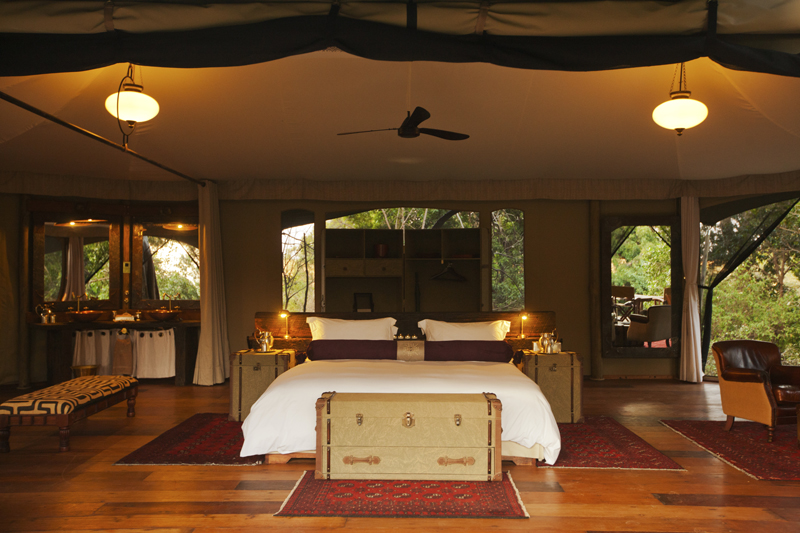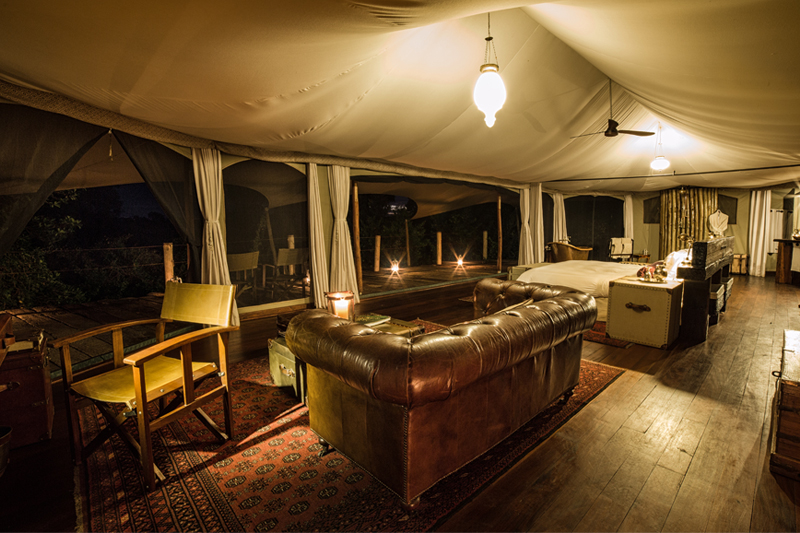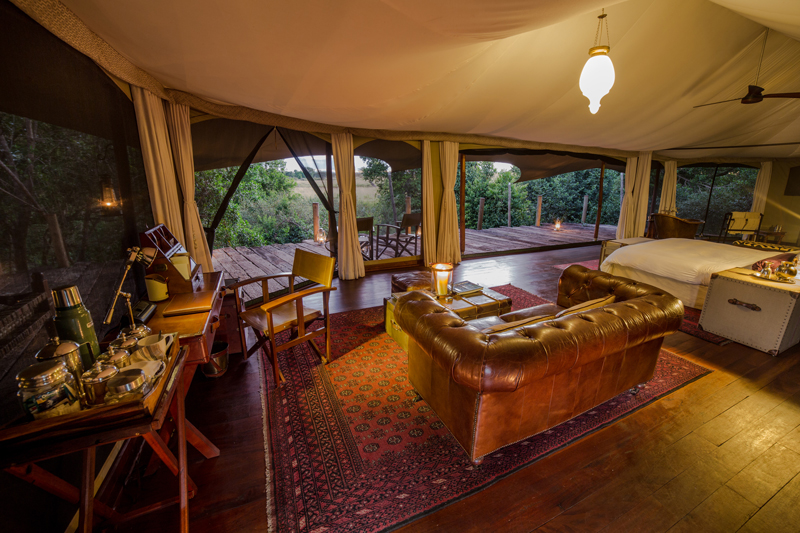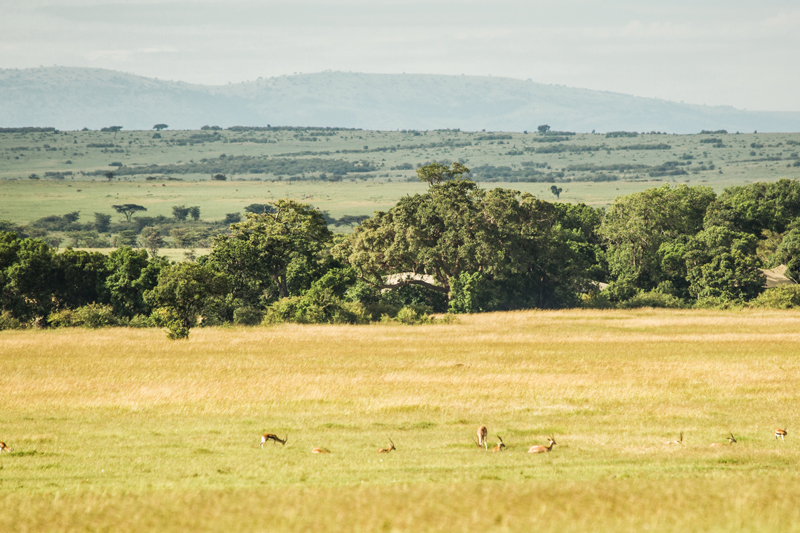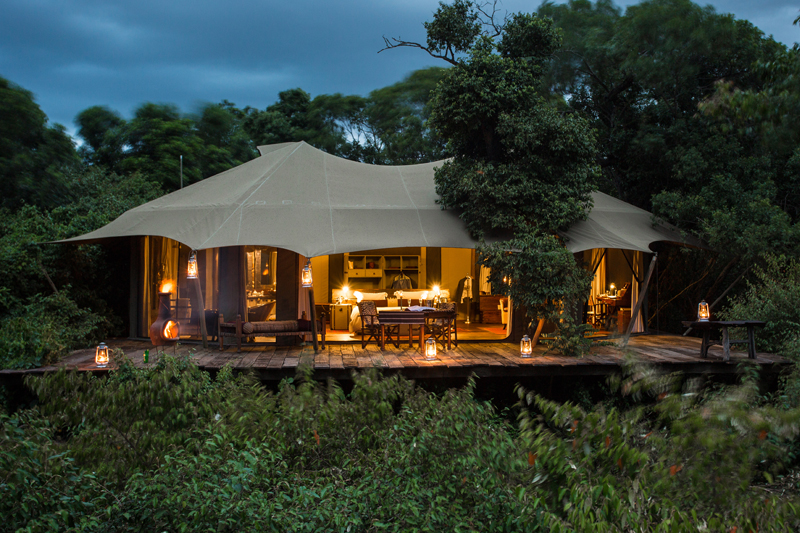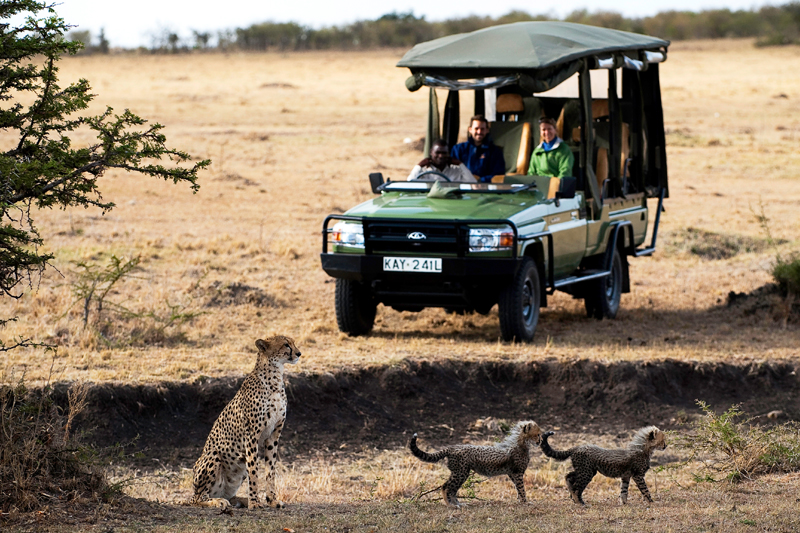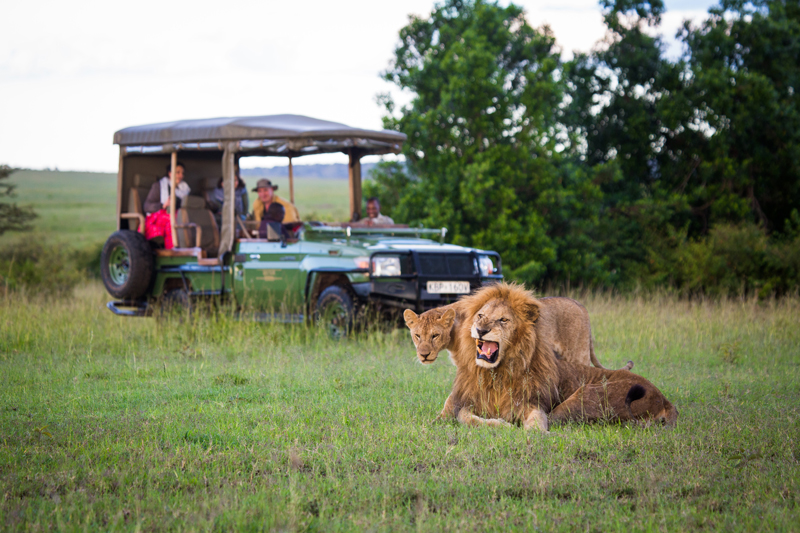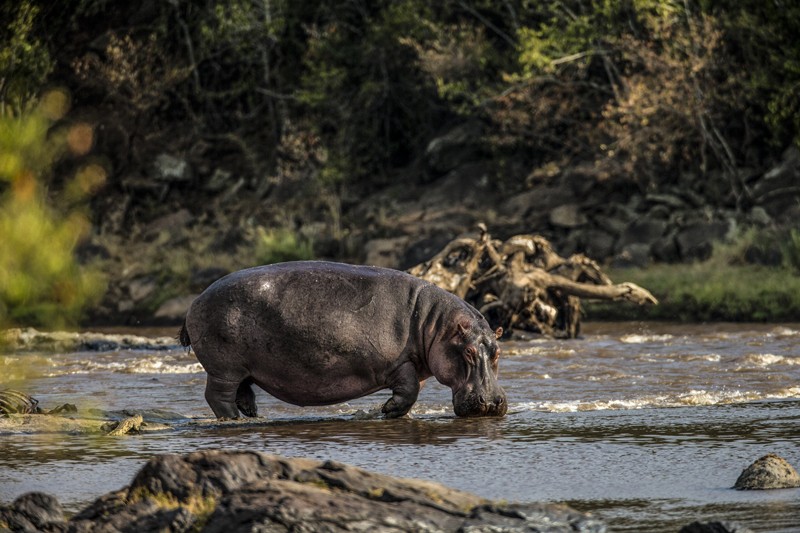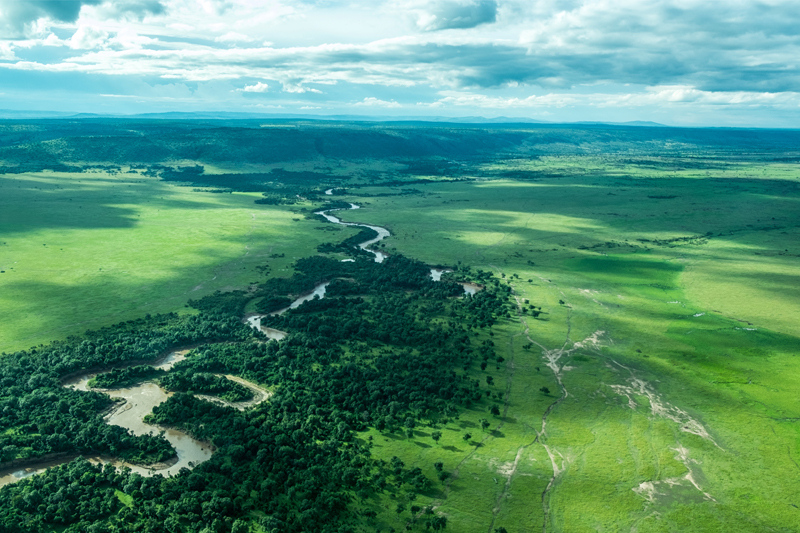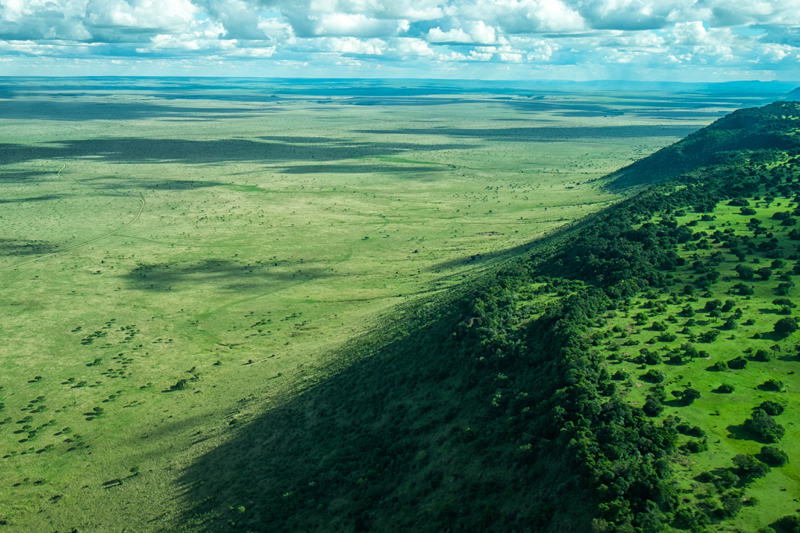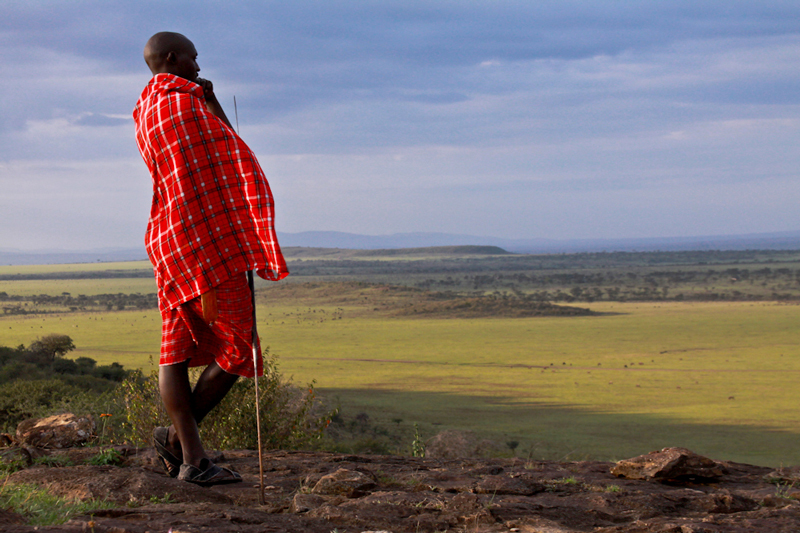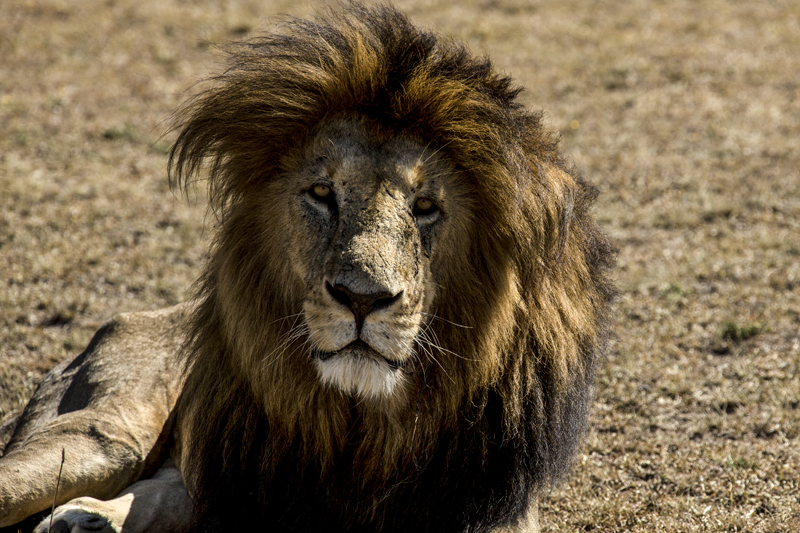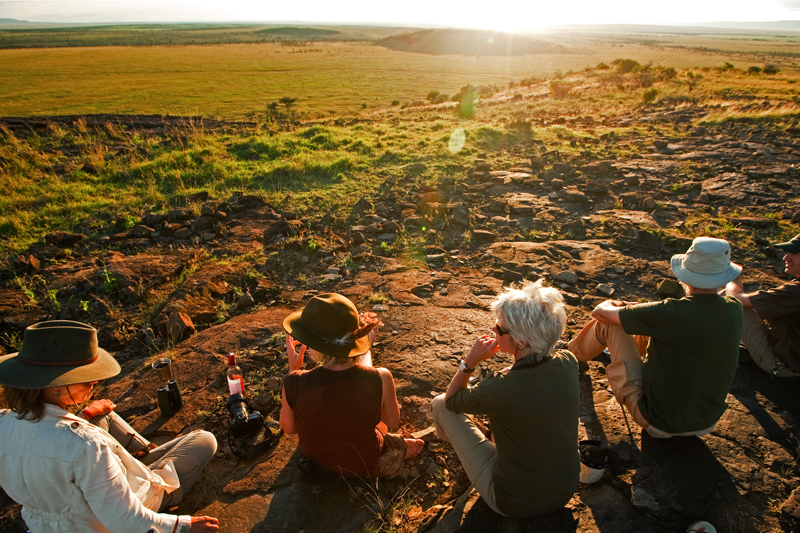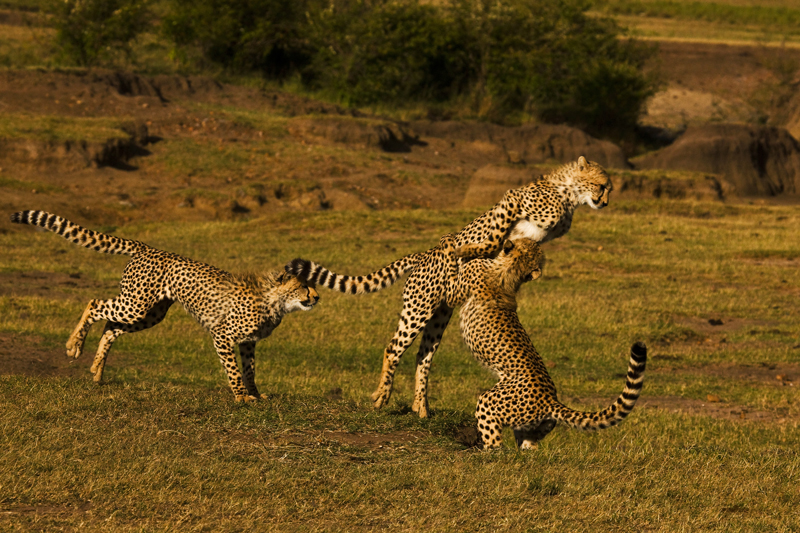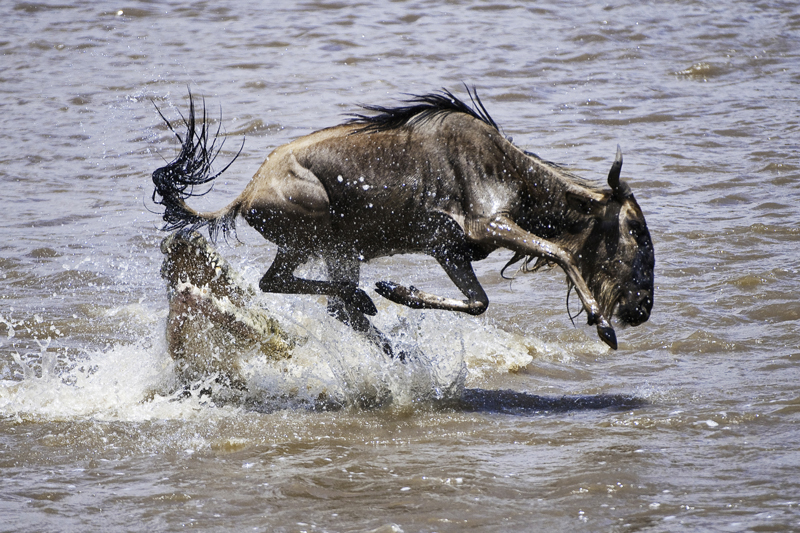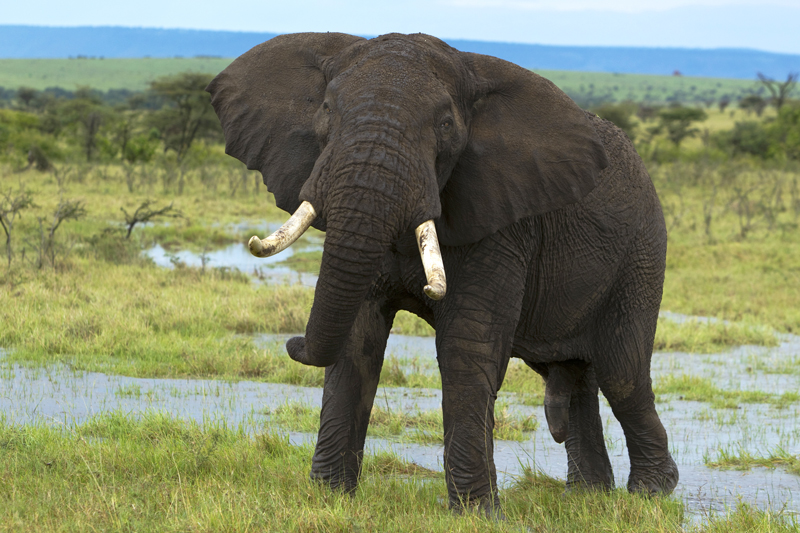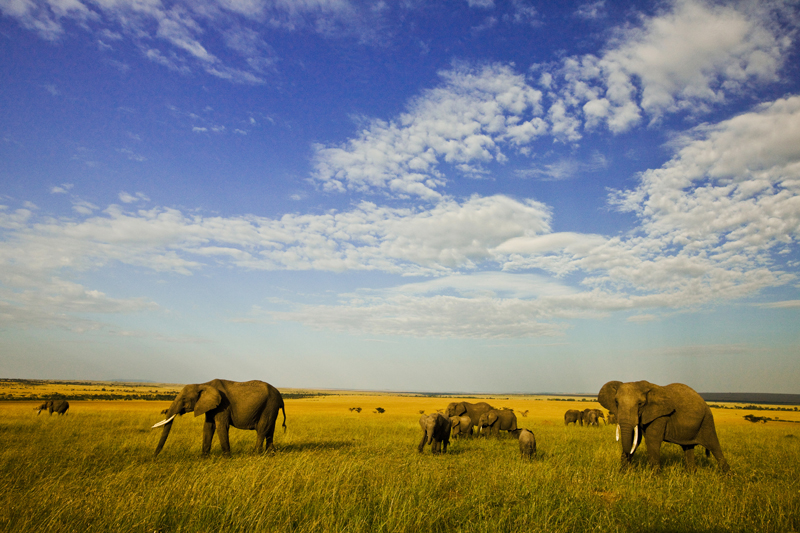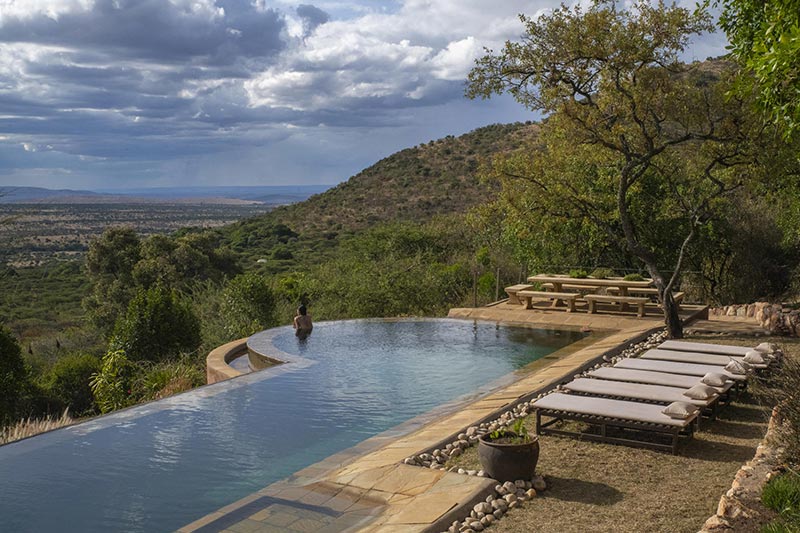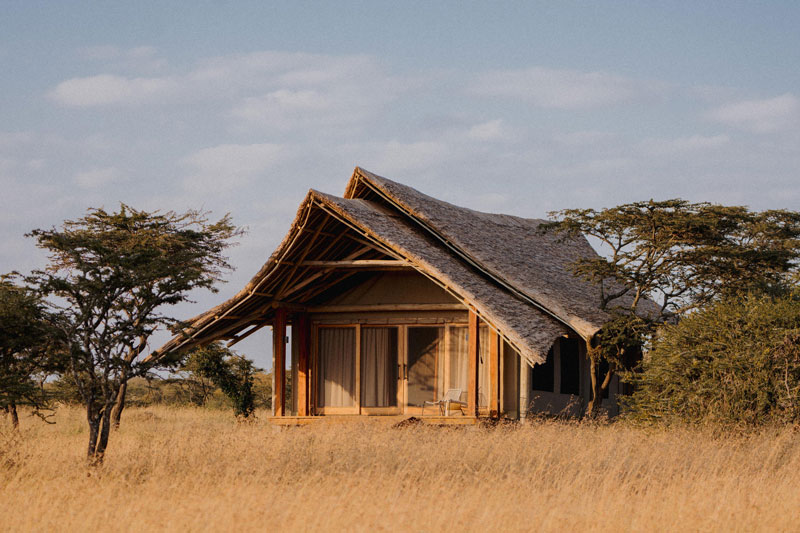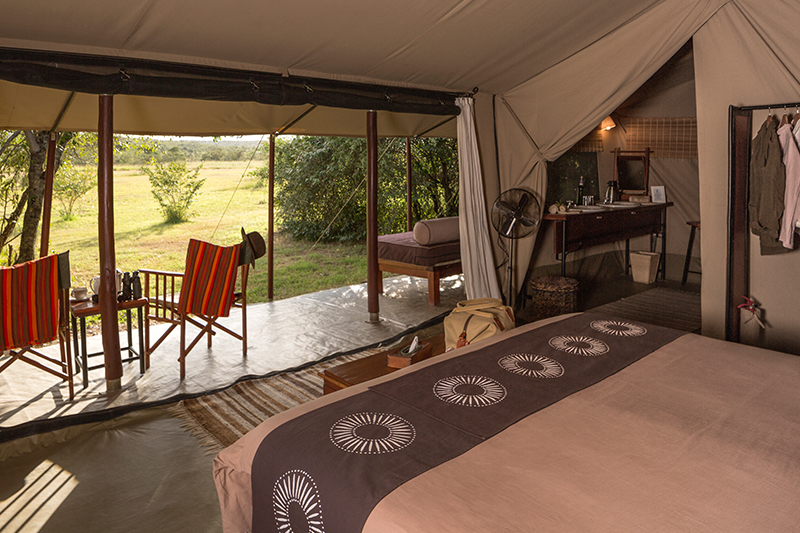Mara Plains Camp
Mara Plains is nestled into woodland on the banks of the Ntiakatek River in the south-west corner of the Olare Motorogi Conservancy, bordering the Masai Mara National Reserve and Mara North Conservancy.
Mara Plains is an exclusive Relais & Châteaux property and one of the most luxurious in the Masai Mara. The accommodation tents are very spacious with an opulent pioneer style (rather than anything contemporary or modern) which helps maintain an authentic safari feel. Despite the obvious luxuries and associated high costs, we like the exclusivity and ethos at Mara Pains where the focus remains on the game viewing and intimate bush experience as much as the hospitality. In fact, the location of the camp is ideal for game viewing with access to both the Mara North and Olare Motorogi Conservancies as well as the Mara Reserve itself. This is the best camp in the Mara for guests wanting to combine five star comfort and exclusivity with intensive game viewing.
Rooms
Accessed by a wide rope suspension bridge over the Ntiakatek River, the camp accommodates up to 16 guests in seven spacious and luxurious tents raised off the ground on wooden decks, including a Honeymoon Suite with its own suspension bridge across and the two-bedroom Jahazi Suite. All are furnished to a high standard with a dressing area, comfortable chairs, ceiling fan, private verandah and plumbed en suite facilities with flush toilet, shower, double vanity and free-standing copper bath. In addition, a Canon 7D camera body with 24-70mm and 100-400mm lenses plus a pair of Swarovski 8×42 binoculars are available for guests to make use of during their stay.
Central Areas
Also raised on wooden decking are the two centrally located lounge/library tents, and a dining tent, although most meals are taken alfresco on the exterior deck. Dining is usually communal although private is also available.
Facilities
Wi-Fi – Yes
Power for Charging – Yes
Swimming Pool – Private Plunge pool (Jahazi Suite)
Habitat & Wildlife
The Masai Mara ecosystem is one of the best game viewing areas in Africa and is especially good for viewing the big cats. Elephants, buffalo, hippo, crocodiles, giraffe, zebra, lion, leopard, cheetah, spotted hyaena, impala, gazelles, eland, waterbuck, topi, jackal and serval are all common and seen regularly. Rhino are found in certain areas, and wild dogs are more transient visitors. The famous wildebeest and zebra migration is usually in residence from mid-July through to mid-October, though the movement of the animals is always somewhat unpredictable. The scenery of the Masai Mara is stunning with open grassland plains intersected by rivers, rocky ridges and pockets of riverine forest. Birdlife is varied and especially good around the riverine woodland areas.
Whilst the official Masai Mara Game Reserve can be busy with tourist vehicles in places, especially at river crossings in migration season, the private Olare Motorogi Conservancy offers relative exclusivity away from the crowds. You do still see other vehicles, especially at predator sightings, but much of the time you will be able to explore away from other vehicles.
The Olare Motorogi Conservancy is where most game drives take place, with a good mix of open plains, rocky hills and riverine thickets, and the game viewing is superb. The conservancies are funded by a limited number of ‘tourism partners’ in cooperation with local Maasai land-owners, and this model has been shown to benefit not only the local land-owners who receive greater income and better pasture for their livestock, and the tourism partners, but also the wildlife and in particular, the predators.
Activities
Game drives in open 4×4 vehicles are complimented by night drives and authentic local village visits. Hot air balloon flights are also available at an additional cost.
As one of just a few camps currently operating within the Olare Motorogi Conservancy, it is possible to avoid the high tourist density of the Masai Mara National Reserve itself, although if desired (especially to see river crossings), a full day safari to the reserve is possible.
Seasons
Mara Plains is open all year round and whilst game viewing is superb for the whole year, the migration usually only in residence from mid-July to mid-October.
Lentorre Lodge accepts children of all ages and the two family villas are ideal for travelling with children (one is better suited for older children). With flexible activities and a swimming pool, the lodge would make a good choice for a family looking for a remote, relaxing and exclusive safari escape, though the game viewing experience is not typical as day time sightings of traditional big game are often challenging.
Mara Plains is operated by Great Plains Conservation which exists to conserve and expand natural habitats, using sustainable eco-tourism to protect and restore critical habitats, conserve wildlife, and benefit local communities. All resulting in responsible travel opportunities for guests and achieving the company’s aim of ‘conservation tourism’.
Together with their charitable arm, the Great Plains Foundation, they manage over one million acres of land across Botswana, Kenya and Zimbabwe. A conservation and community levy is added to each stay with Great Plains Conservation as a contribution to the Great Plains Foundation’s work.
Here are just some examples of the projects carried out and supported:
Great Plains Founders, Dereck and Beverly Joubert established the National Geographic Big Cats Initiative. More than a decade later, the initiative has funded more than 150 projects in 28 countries. Current projects operate in Zimbabwe, Kenya, and Botswana and utilize innovative approaches to generate maximum positive impact. In the past, the initiative has supported projects like the Maasai Olympics and communal cattle herding workshops which tackle human-lion conflict and emphasize conservation and building bridges between communities, conservation and wildlife.
Great Plains supports the Naboisho Women’s Bead Group, based in the community of Nkoilale near the Masai Mara. Great Plains’ support for the project helps the group to bulk purchase beads and other raw materials for their products and provides training, sales and marketing support. The project enables women in the local community to bolster household income, in turn supporting food security, education, health and more for their families. The project directly impacts the households of the women in the group which means that nearly 1,000 people are directly impacted by the money the program generates.
The Great Plains Student Conservation Camps, one of their longest running programmes, have reached students and teachers in both Kenya and Botswana with environmental and conservation education. By engaging and mentoring young people in communities bordering protected land, students see positive examples of local professionals working to protect their fragile ecosystems and are inspired to become champions of biodiversity themselves.
Through Conservation Roots the Great Plains Foundation is partnering with local communities to restore indigenous trees to landscapes across Kenya, Botswana, and Zimbabwe. Working with local communities, partner organizations and school systems Conservation Roots plants indigenous trees and teaches their value and critical role in functioning ecosystems.
In 2024, Great Plains expanded the reach of their impact beyond the areas in which they operate and established a partnership with 4Ocean. Plastic waste is collected from the world’s oceans and turned into fashionable bracelets, which are available for sale in their camps. Every bracelet removes 5lbs of plastic from the sea, provides jobs, and starts a clean-up movement. Great Plains is donating a percentage on behalf of each guest who stays at a Great Plains safari camp to ocean clean-up activities.
In addition to their own projects, Great Plains offers its guests the option to bring a donation of supplies in partnership with Pack for a Purpose where guests may use the empty space in their suitcases for donations of much needed supplies for ongoing projects.




